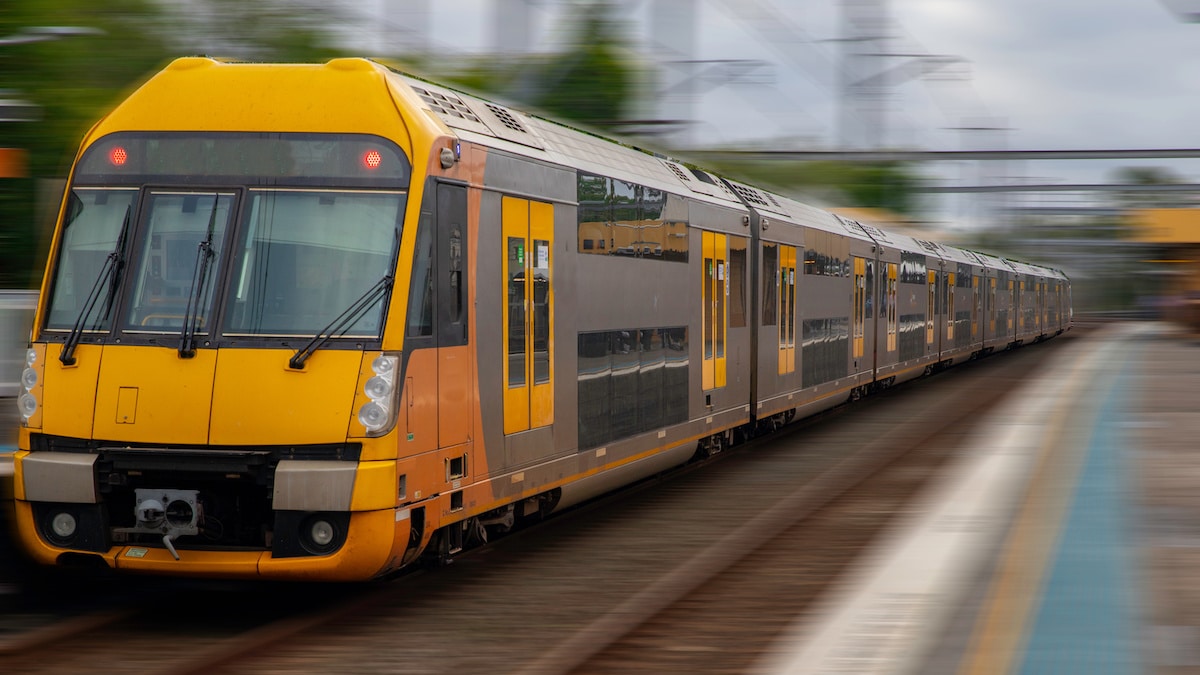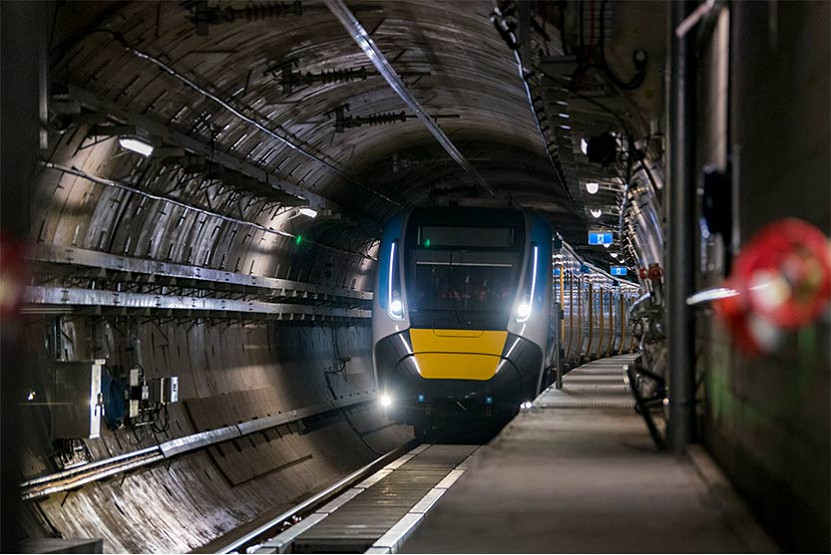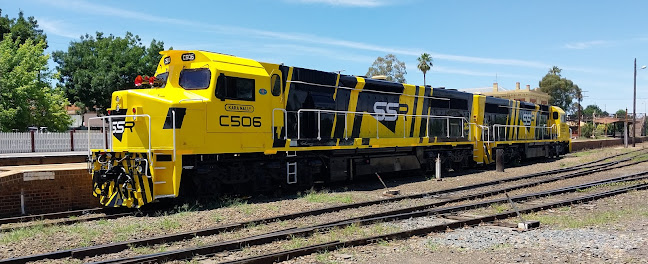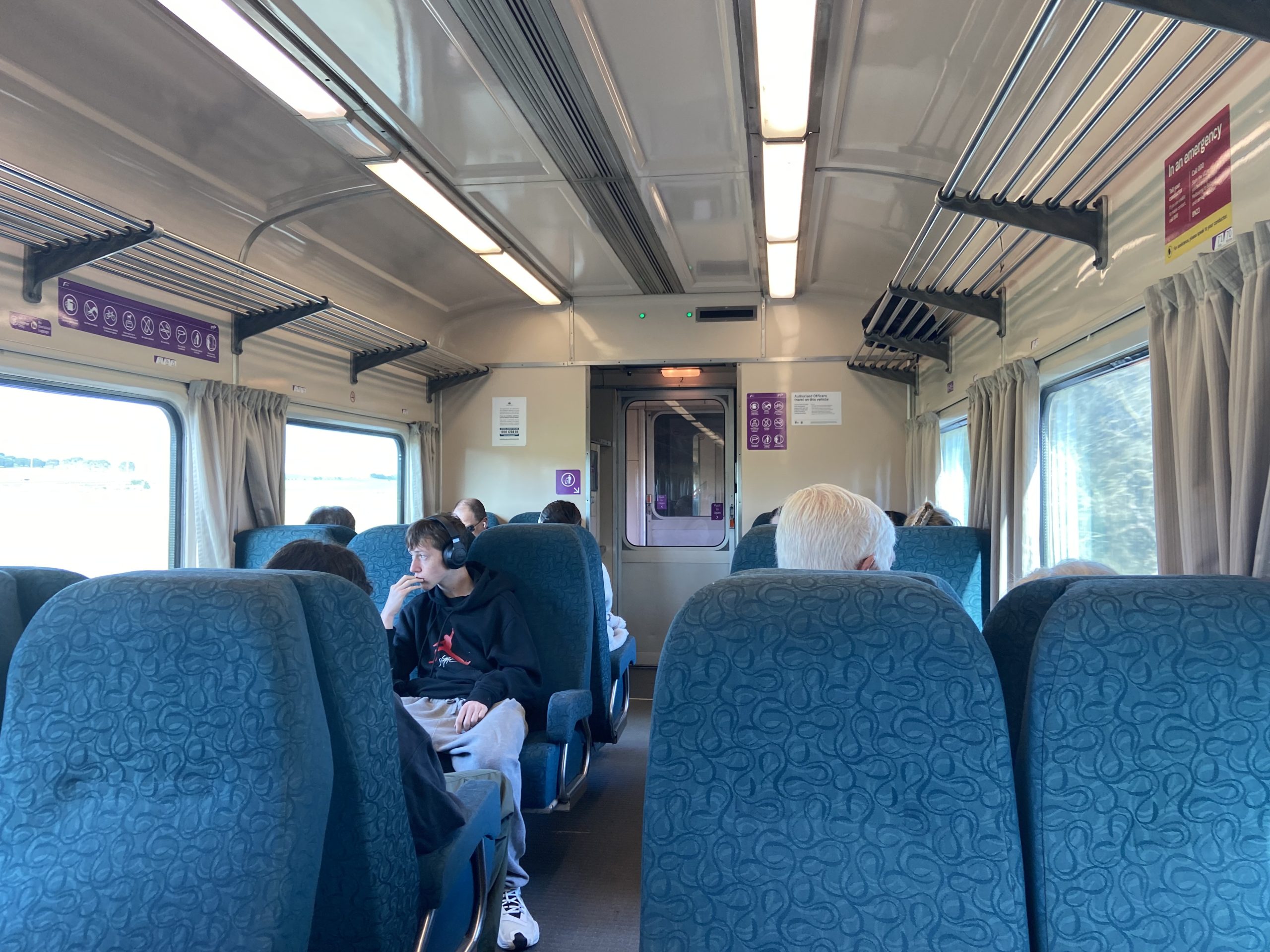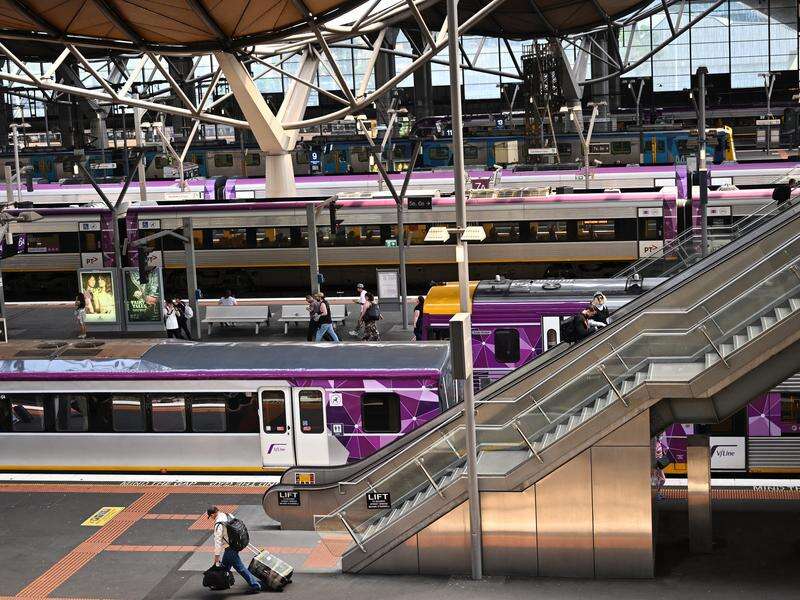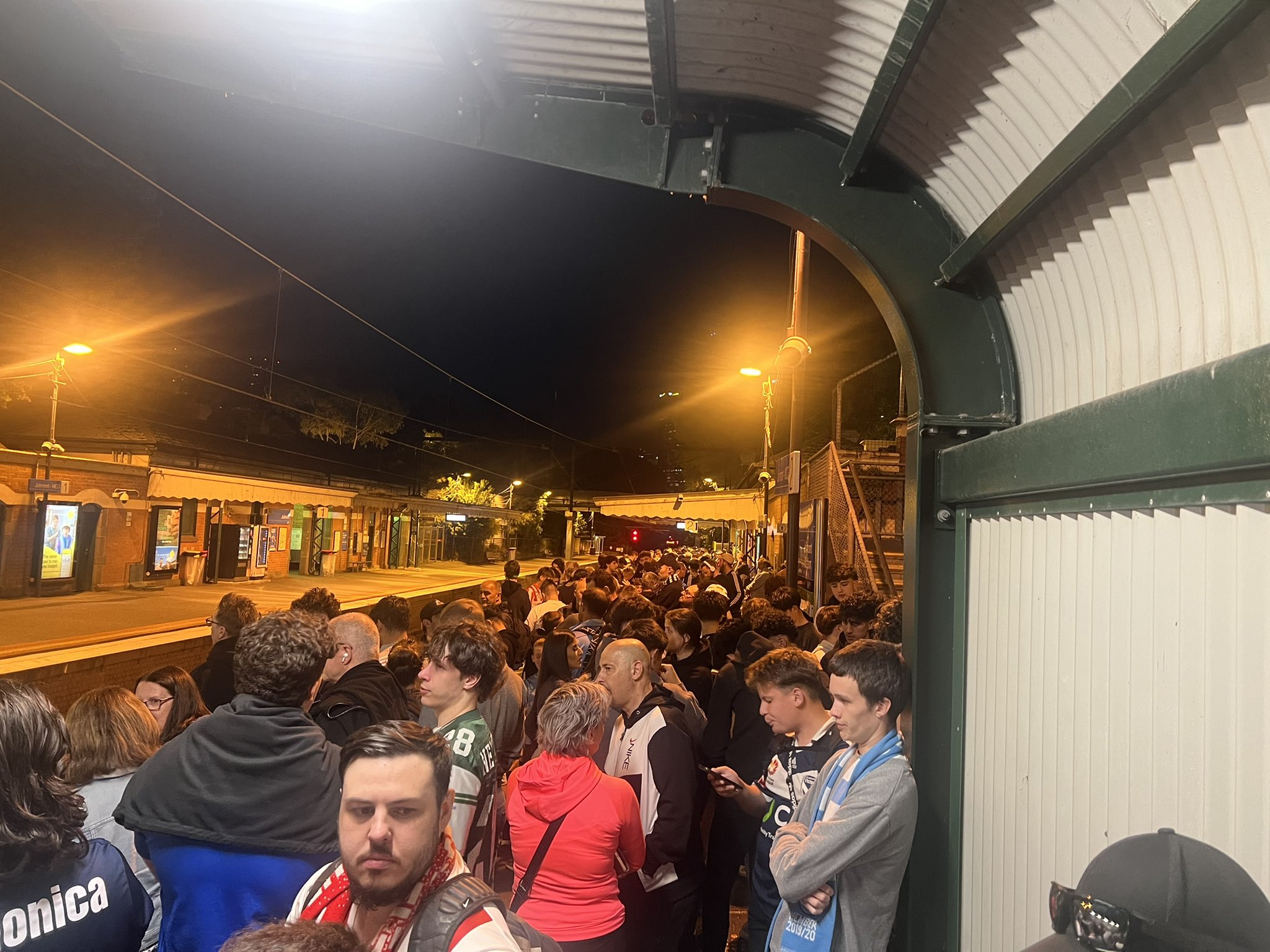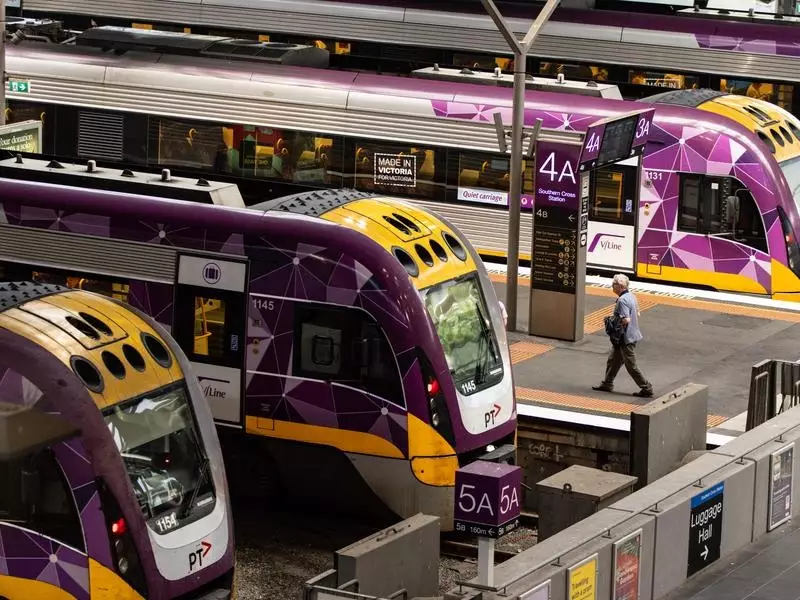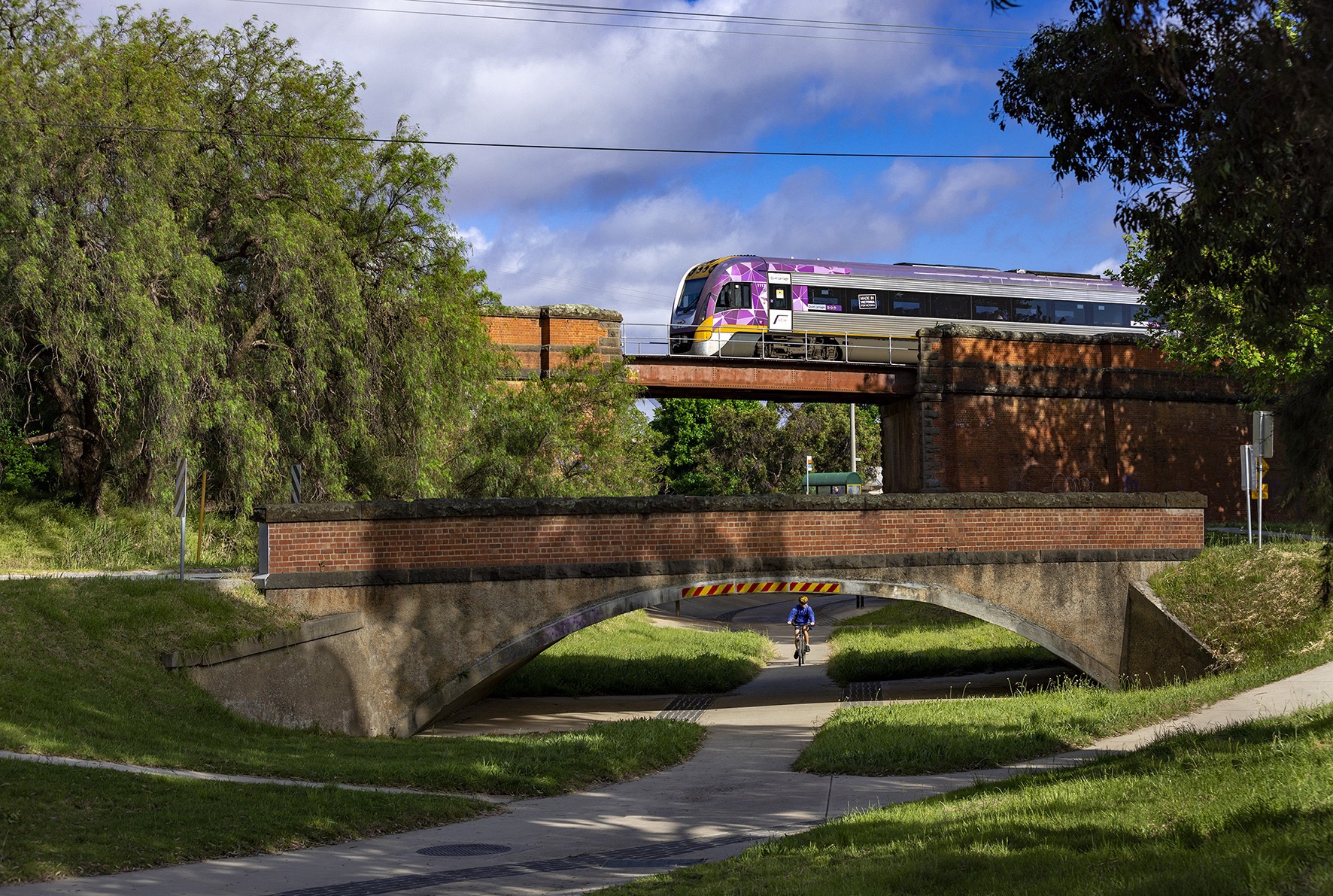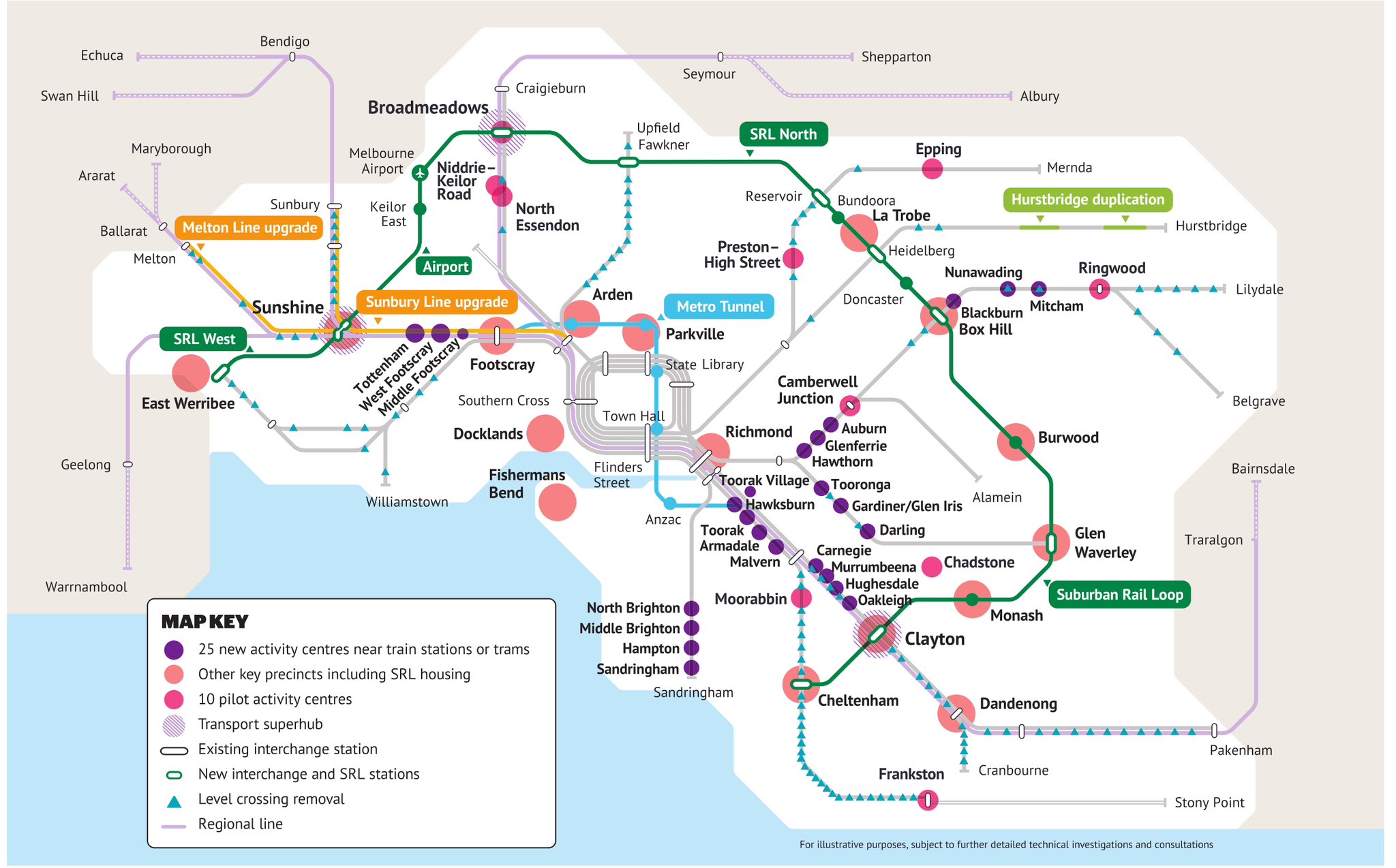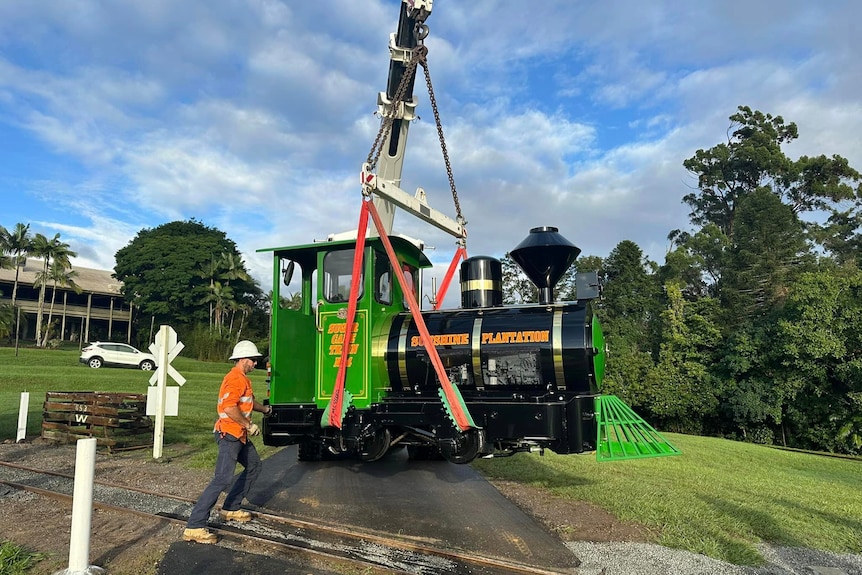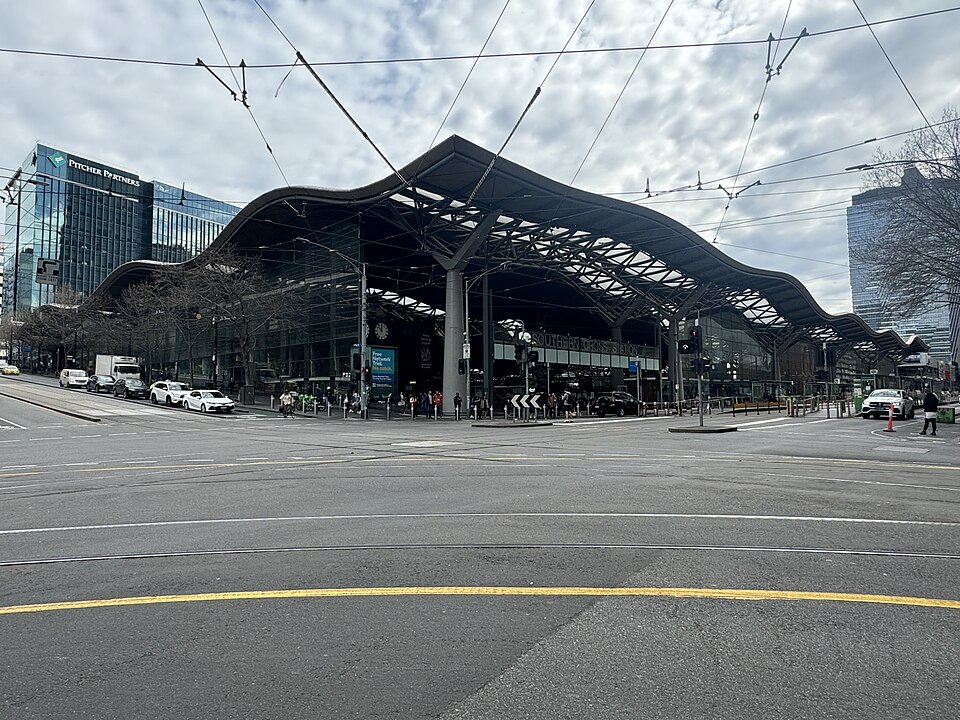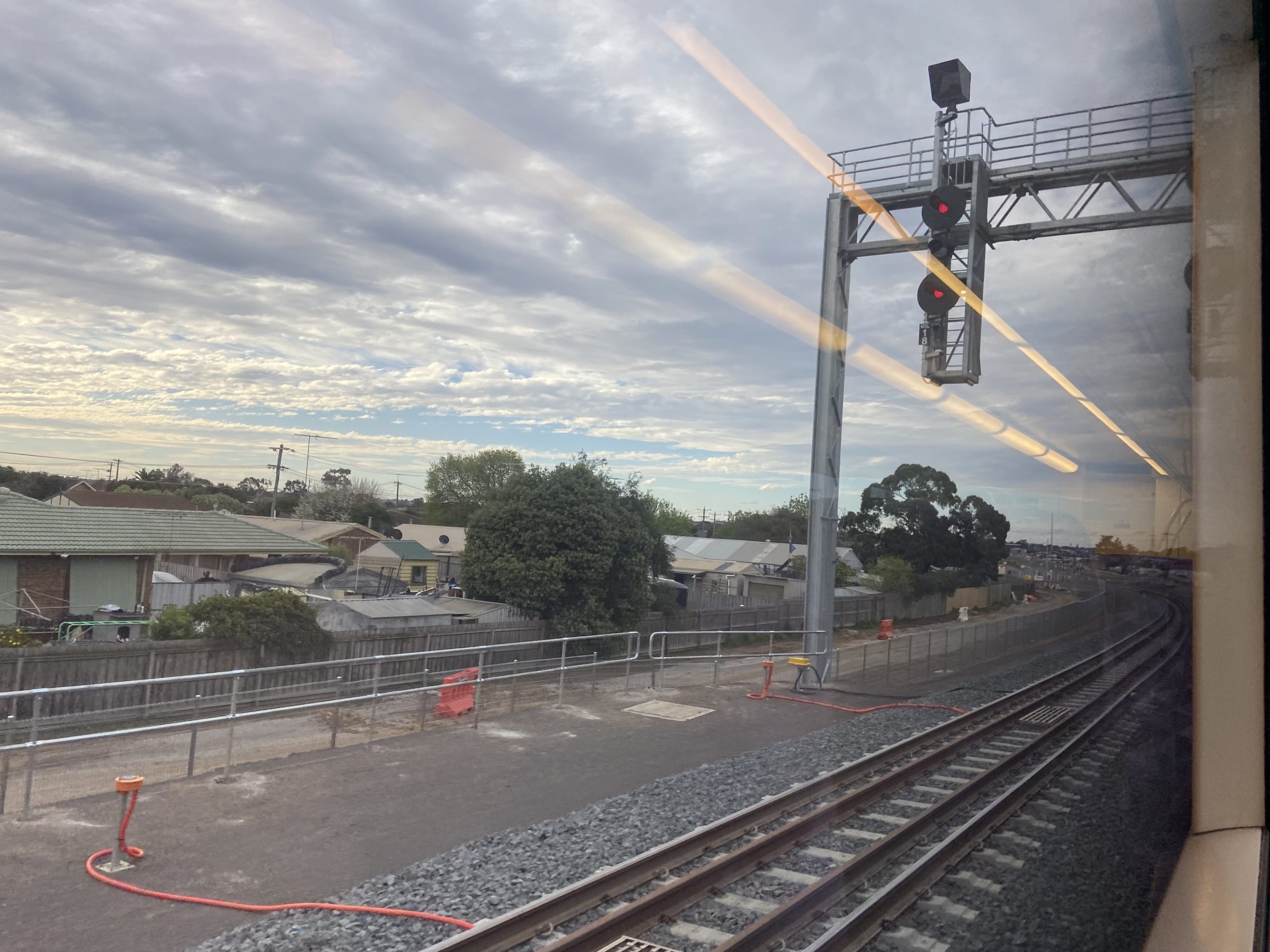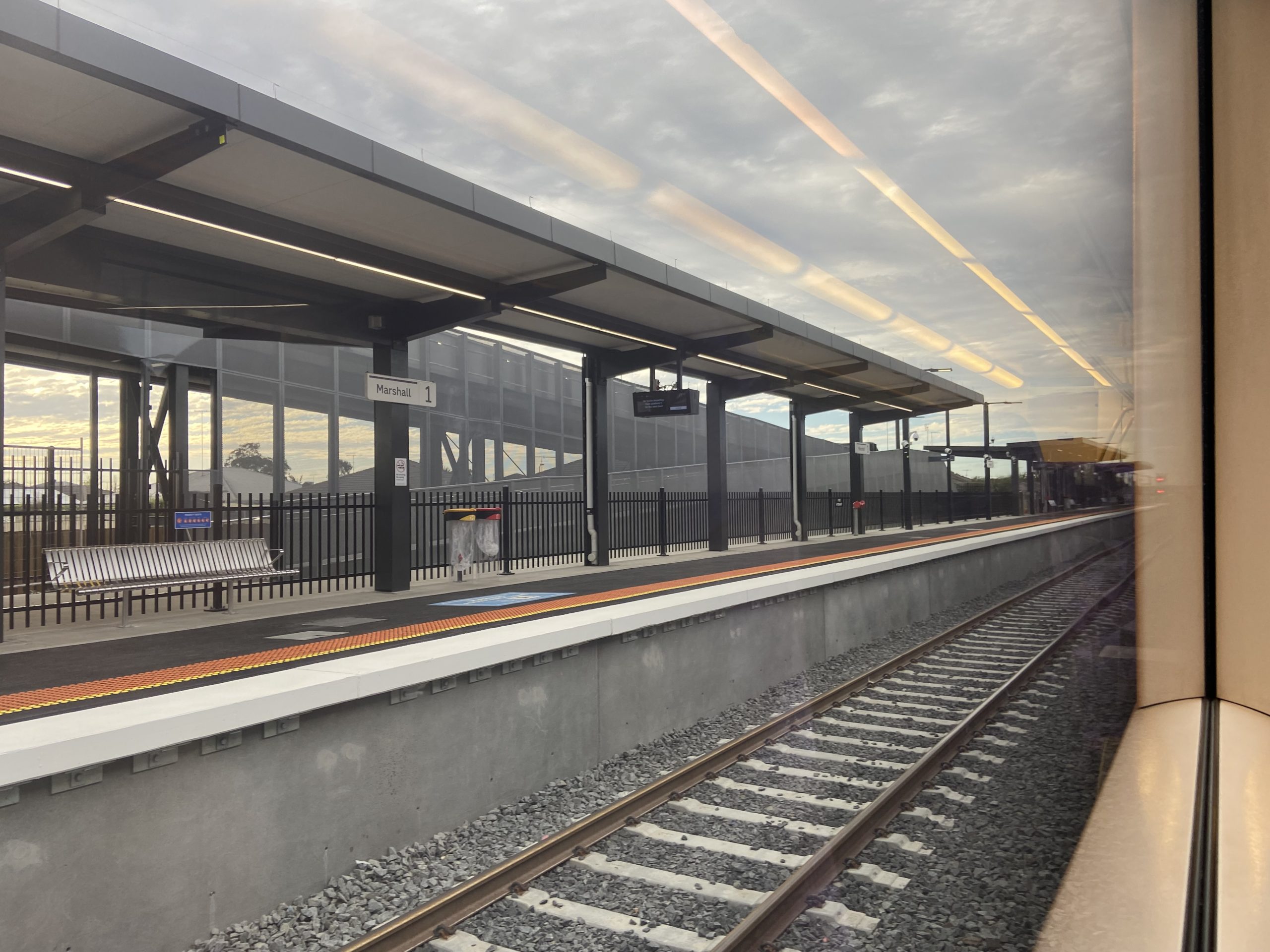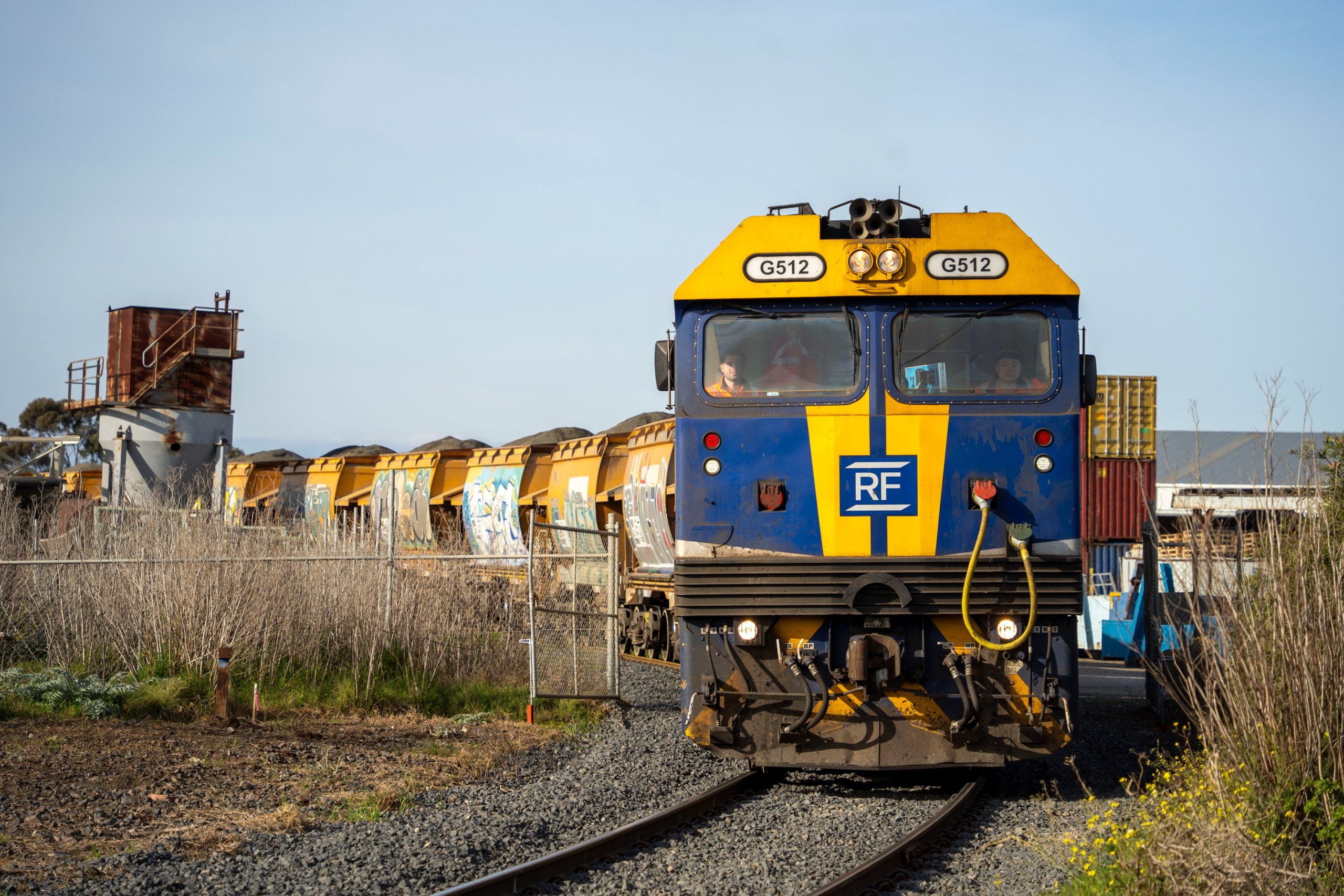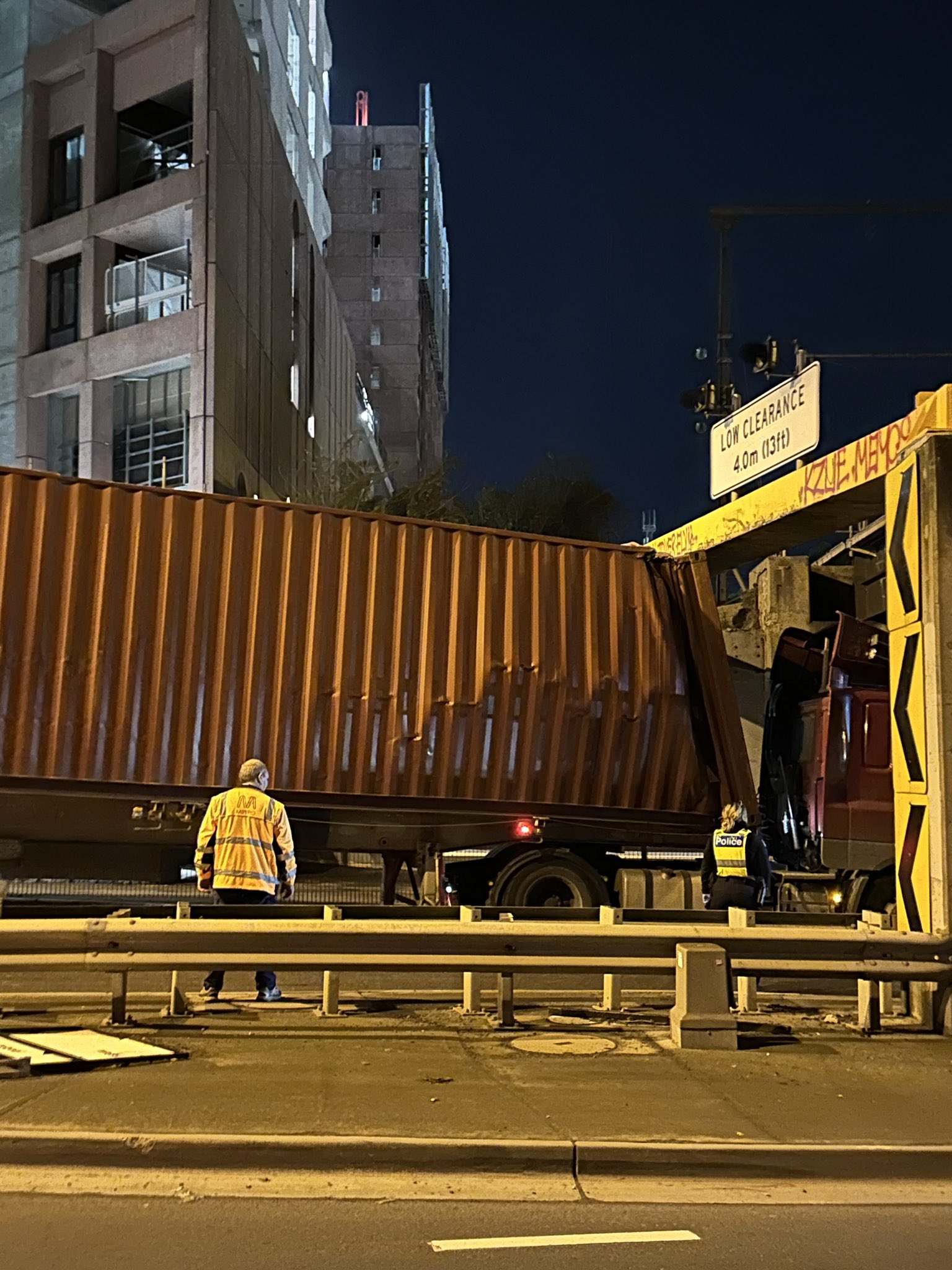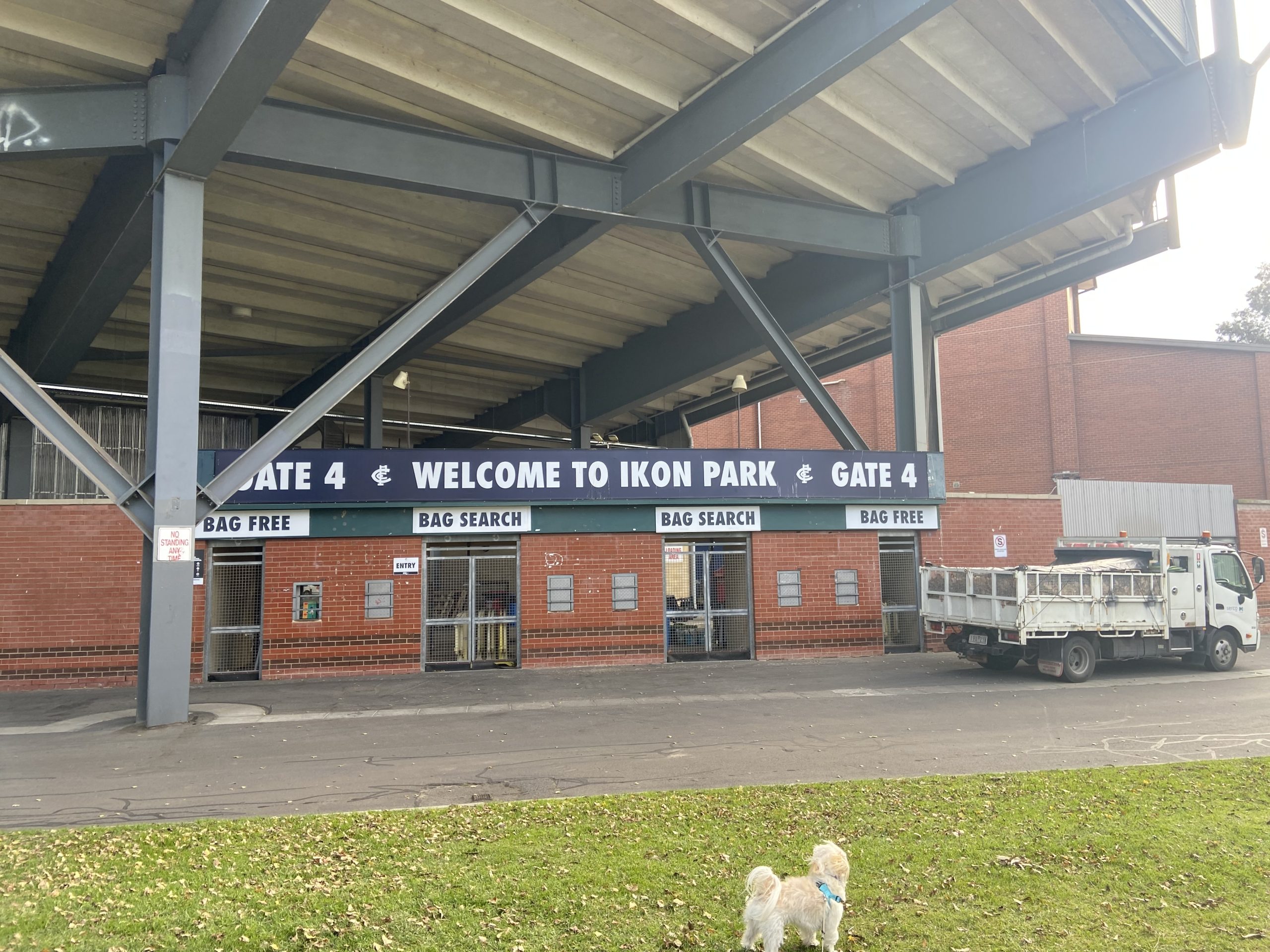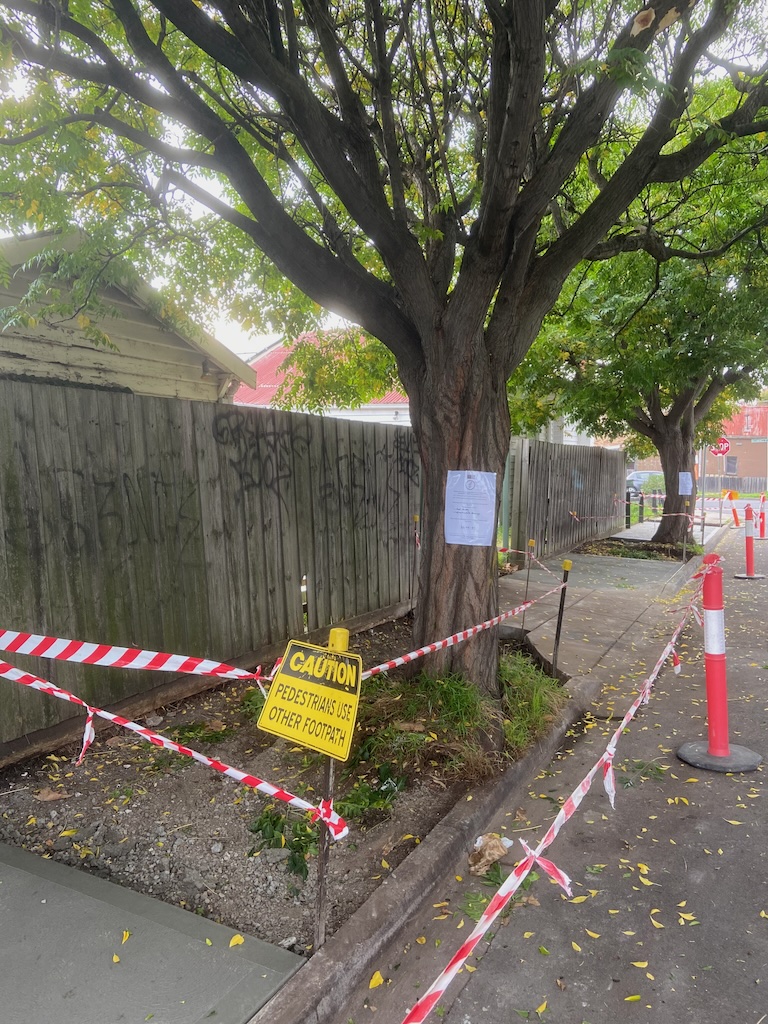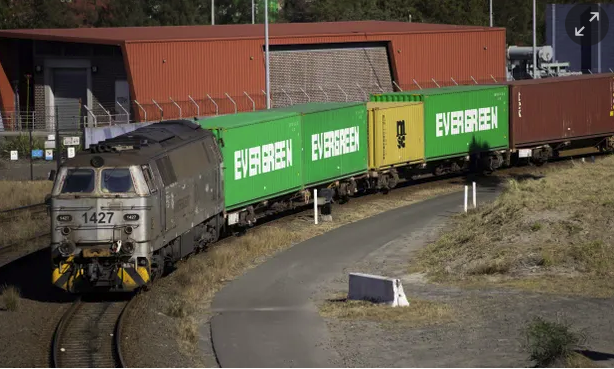Getting value for money on the £67bn spent on Britain’s railway infrastructure
1 October 2024

An important role for ORR is to assess how efficiently Network Rail spends the funds it receives, with the goal of getting value for money for passengers and taxpayers. Our latest report, the annual efficiency and finance assessment, is part of how we do exactly that.
We found that, despite the challenging circumstances of the pandemic and strikes, Network Rail made £4.0 billion of savings nationally by doing things differently or doing the same at lower cost, which we refer to as ‘efficiencies’. Across all its regions, Network Rail exceeded the regulatory targets for efficiency set in ORR’s periodic review in 2018. In Scotland, Network Rail exceeded its efficiency target by 13%, resulting in a total reduction in expenditure of £356 million in CP6.
But we also found that across income and expenditure – and when measured against what it was expected to deliver – the company’s financial performance was down £2.8 billion over the control period. This was due to challenges such as unplanned costs of severe weather events, under-delivery of planned renewals and, as already mentioned, the pandemic, industrial action and inflation.
The pie chart below helps show Network Rail’s spending in CP6. This includes not just expenditure on operations, maintenance, renewals and enhancements but all financing costs (including for index-linked debt).
Network Rail’s expenditure in CP6 (2023-24 prices)

How did it deliver cost efficiencies?
Network Rail delivered the savings through improved contracting strategies, modernisation, staff related savings and better managing possession of the railway for carrying out maintenance and renewal of the network. Despite a slight increase in headcount (by 1%), staff costs decreased (by 4%) over the control period.
Another way in which Network Rail was able to weather the financial shocks of the last five years was by fully using £3.0 billion of risk funding approved by the ORR in the 2018 periodic review. This funding was set aside to mitigate financial risks which could not be managed by other means.
Looking ahead
We’re at the start of a new five year control period in which Network Rail has £43.1 billion (2023-24 prices) to operate, maintain and renew the railway. Enhancements are funded separately, so future enhancements delivered by Network Rail would add to this total expenditure, as will the financing of historic debt.
As part of ORR’s latest periodic review (PR23) Network Rail has committed to deliver £3.7 billion (2023-24 prices) of efficiency improvements (£3.2 billion in England and Wales, and £0.4 billion in Scotland). In cash terms the projected efficiencies over the next five years are £3.9 billion (very similar to those achieved in CP6).
We believe Network Rail’s plans for delivering these efficiencies are broadly robust, but we are continuing our discussions with the company to ensure our concerns about a funding gap in England & Wales are properly addressed so that essential expenditure on core assets is protected.

